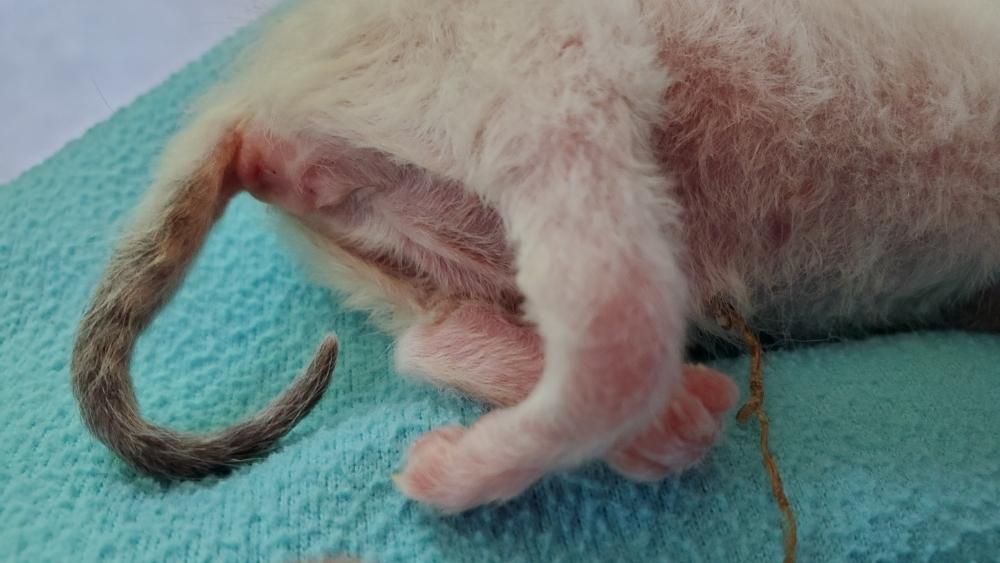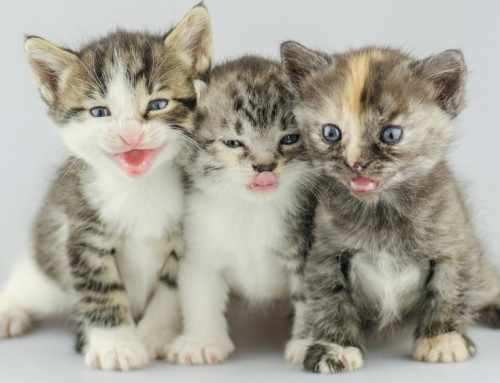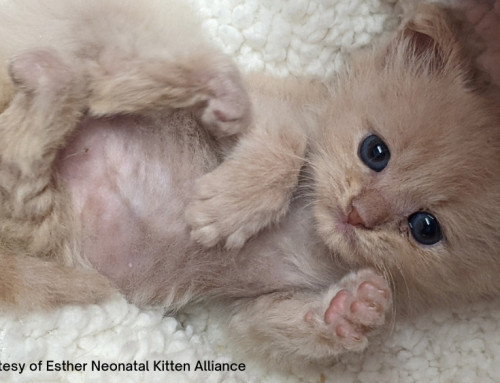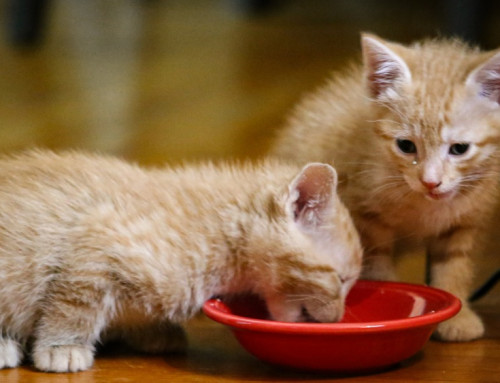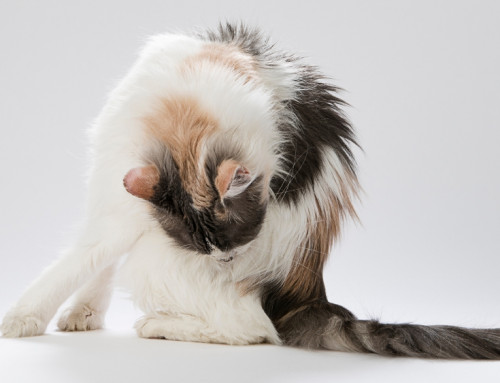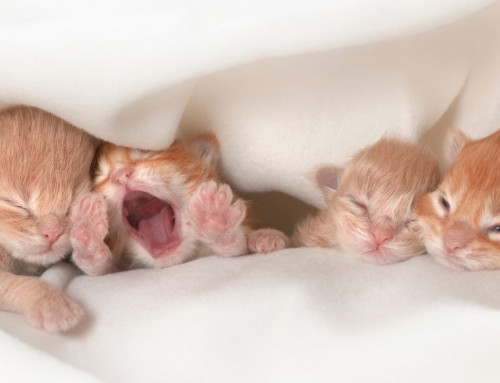Share this resource or email it to a friend!
Swimmer syndrome is a rare disorder in very young kittens, but it shouldn’t be overlooked. Suggested causes for swimmer syndrome include hereditary factors, environmental issues, excessive protein in the queen’s diet, maternal metabolic disorders, musculoskeletal development problems, obesity and neurological disorders.
Here’s what you can expect in a normal kitten’s development:
- At two weeks of age, belly crawling
- At three weeks of age, rudimentary walking
- At four weeks of age, pouncing and exploring
- At five weeks of age, rudimentary running
- By six weeks, beginning to more successfully perform the gaits of an adult
Kittens who lag behind their littermates in these developmental milestones should be of concern. A careful observer might notice swimmer syndrome in a two- or three-week-old kitten. The feet and legs may stick out to the sides; the rear legs may trail behind the body, rather than tucking under the body,
The good news is that a few weeks of special taping or wrapping the affected limbs and physical therapy can work wonders when swimmer syndrome is addressed promptly. If you notice swimmer syndrome in a kitten, it’s time to dive right into treatment.
- Bring the kitten to a veterinarian right away for an accurate diagnosis and treatment plan.
- Learn in person from someone who has already successfully treated swimmer syndrome. Accurate online videos may also be helpful.
- Tape the affected limbs according to veterinary plan.
- Remove the tape or wrap once or twice daily to provide physical therapy. Regularly shaping the kitten’s legs into the natural upright position and practicing regular joint motions will train muscles, bones and ligaments in the proper configuration and establish a habit of using the correct posture and movements.
- Provide heat or water therapy, massage for muscle strengthening and dietary modifications as recommended by a veterinarian.
Kittens with swimmer syndrome may simultaneously suffer from malformations and deformities, including a more serious, sometimes fatal disorder called Flat Chested Kitten Syndrome (FCKS). When those little legs don’t support the kitten’s body, the chest can be flattened, causing skin lesions, food regurgitation and respiratory problems. Swimmer syndrome must be treated to give FCKS kittens a chance to thrive.
Be sure to work with a veterinarian to determine the cause and appropriate treatment for any kitten you suspect has swimmer syndrome to give the precious furball a leg up on life!

